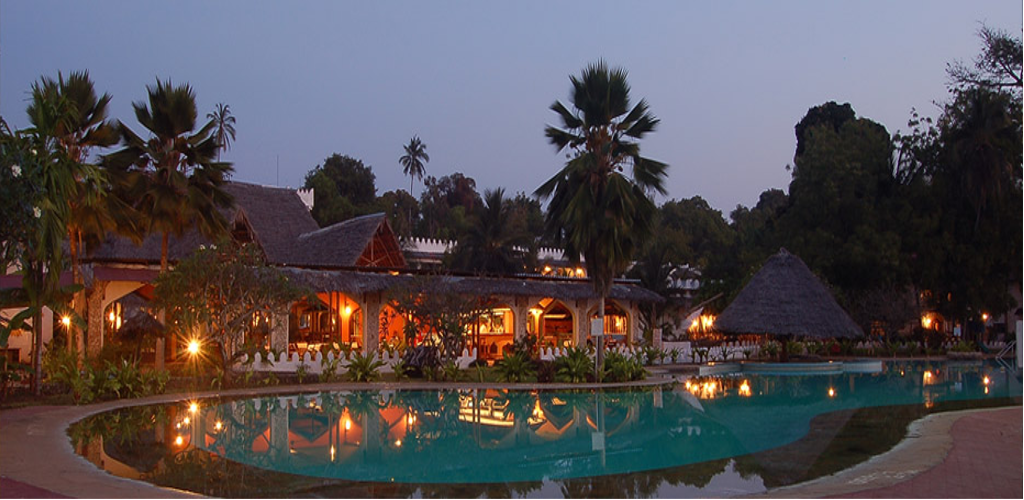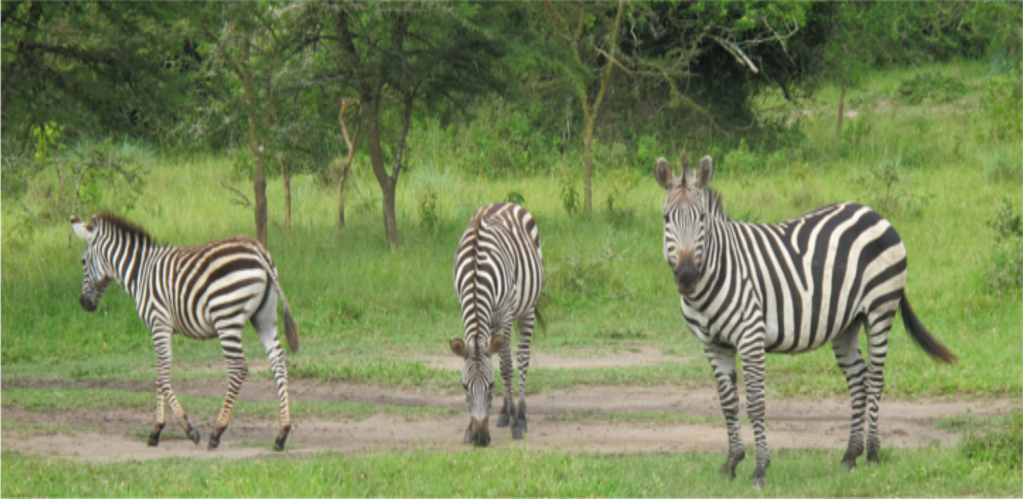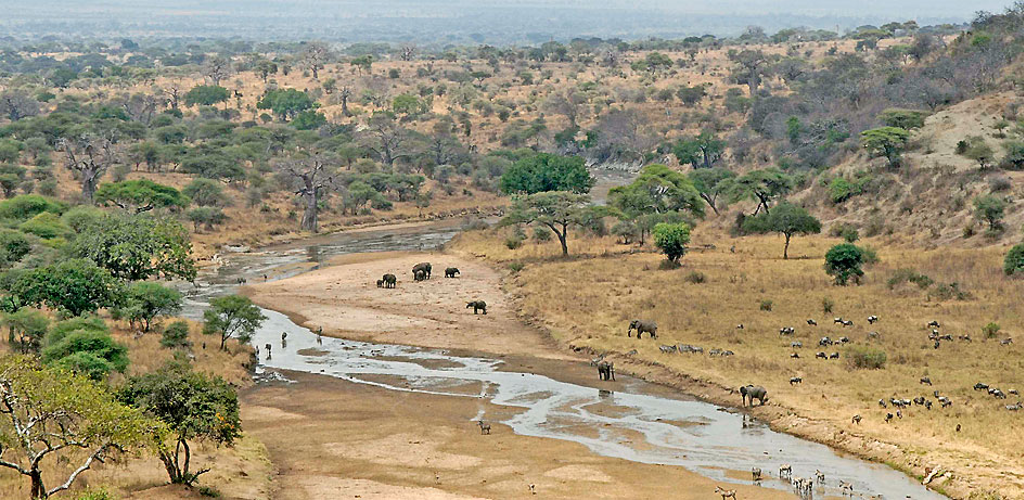Congo gorillas Virunga National Park Gorilla Groups
Congo Gorillas Groups in Congo, Virunga National Park Gorillas, Gorilla Tracking Virunga Park Congo, Gorilla Families in Virunga Park Congo.
Habituated Gorilla Groups in Congo: Virunga National Park, Democratic Republic of Congo has Eight Mountain Gorilla groups
There are currently eight habituated gorilla groups in Congo that can be trekkked in Virunga National Park. These include: Kabirizi, Humba, Rugendo, Mapuwa, Lulengo, Munyaga, Nyakamwe, and Bageni. Each group with iys own unique story. It is important to note that the group dynamics and composition (number of individuals in the group, group leadership/dominant Silverback, etc.) may change from time to time.
Humba group: The group is located in the Bukima sector of the Park. The group is currently the calmest habituated Gorilla group in DRC. Many tourists prefer tracking this group. The group is named after the lead Silverback called Humba. Silverback Humba is a brother to Senkwekwe Silverback who was executed on 22nd July 2007 by unidentified gunmen. Humba split from Rugendo (His father) in 1998. The group is currently composed of 9 members. There is no current challenge in the group leadership.
Rugendo group: Rugendo group is one of the oldest known gorilla groups, habituated in 1989. The group was formerly led by Silverback Rugendo, who is the father of Silverback Humba. The group is currently led by Silverback Bukima. There have been serious group changes since the beginning of habituation. By 1997, the Rugendo group had 18 individuals with two Silverbacks, Rugendo and his son Humba). Humba fought his father in 1998, forming a new group with 10 individuals. Rugendo was left with only 8 individuals. There were several group dynamics after, increasing and decreasing the group members from time to time. The group is currently composed of 9 members after grabbing a sub adult member of a Mapuwa group in June this year (2016).
Mapuwa group: The group is found in Jomba near Bunagana (Congo-Uganda border). The group was formerly led by a Silverback named Mapuwa. Silverback Mapuwa has acquired and protected his family by all means through violent struggles. He was a son of Rugendo, the current leader, of Rugendo group. He left his father’s group in 1998 and started his own family. When he left, he took along 2 adult females named Jicho and Mafaze. In a continuous fight, Silverback Mapuwa has acquired more members from other groups. Pilipili, one of the strongest and well-known Silverback in Virunga was stripped of all his members in 2002, leaving him alone Silverback. In addition to grabbing of members, there has been several births leading to the increase in numbers. Currently, Silverback Mvuyekure is the dominant Silverback in the group. There are 22 me gorillas in Mapuwa group.
Lulengo group: The group range in the Jomba area of Virunga National Park (near Bunagana, the CongoUganda border). This group was formerly called Musekura group. The name was, however changed to Lulengo, the name of the dominant Silverback and in memory of the Technical Director of Virunga National Park who was killed by a land mine. Silverback Lulengo is a born and was a member of Rugabo group, the first habituated mountain gorilla group the Mikeno Sector. By then, Silverback Rugabo was the leader of Rugabo group. Rugabo was the father of Silverback Lulengo. In 1994, Rugabo was shot by poachers in the times of the Great Lakes Refugee Crisis. After his death, the family was left in the hands of by then the black back Lulengo, who is now a Silverback and leader of the group. There are 9 members in Lulengo group.
Munyaga group: Munyaga group can be located and tracked in the Bukima sector of Virunga National Park. The habituation of the group started in 2008. The group name came from its leader by then, Munyaga. Munyaga group is well known for an adult female Bilali who gave birth to twins after joining from Rugendo group. The twins, however, died in infancy. The leadership of the group shifted from Silverback Munyaga to Silverback Mawazo. As per now, Gasore is the current leader of the group. The group is well-known for a bold headed Silverback, Kadogo. The current leader of the group is Gasore. However, there is a challenge from other Silverbacks. There are 7 members in Munyaga group.
Nyakamwe group: Nyakamwe group is one of the newly habituated gorilla groups in Virunga National Park. They were habituated at the same time as Bageni, the largest gorilla group in Virunga National Park. There are 11 members in Nyakamwe group and the group is led by Silverback Nyakamwe. The group is named after the lead Silverback called Nyakamwe. There is no current challenge in the group leadership.
In DRC, the mountain gorillas are only found and tracked in Virunga National Park (Parc National des Virunga). The Virunga National Park is part of the wider Virunga Mastiff shared between Volcanoes National Park in Rwanda and Mgahinga Gorilla National Park in southwestern Uganda. The Virunga National park is located within the great Volcano region of the Congo basin. The gorilla treking usually starts from the Bukima patrol post.
The gorillas location keeps changing depending on where the gorillas spent the night. Just like in Uganda and Rwanda, you will be guided by an experienced guide and trackers provided by, Institut Congolais pour la Conservation de la Nature, ICCN (the authority in charge of wildlife in DRC). The tracking gorillas fees in DRC are lower; currently $400 for internationals and $150 for Congolese nationals.
Trekking to and from the gorillas usually take 1-2 hours of hiking, depending where the mountain gorillas spent the previous night and the difficulty of the terrain. During Gorilla tracking in DRC visitors are required to wear surgical masks (provided) when in the presence of gorillas in order to safeguard the health of Virunga’s gorillas.
If you don’t feel well at the time of your scheduled gorilla trek (i.e. You have a cold, fever, diarrhea, or persistent sore throat) you are advised to cancel the activity. These gorillas are extremely susceptible to human illnesses. They have died after being exposed to human respiratory viruses and other common ailments. This is a big reason for surgical mask and keeping other gorilla viewing rules.





